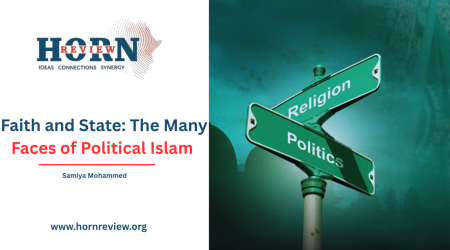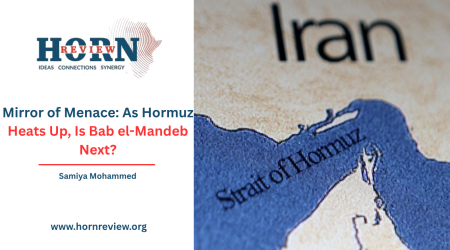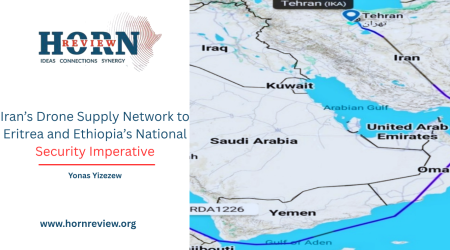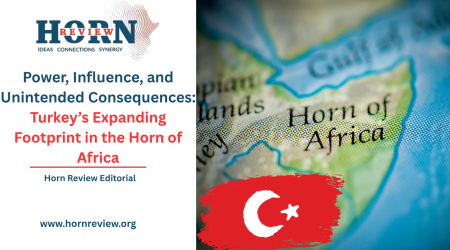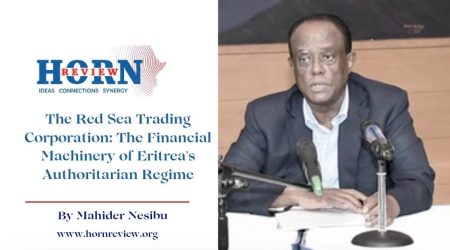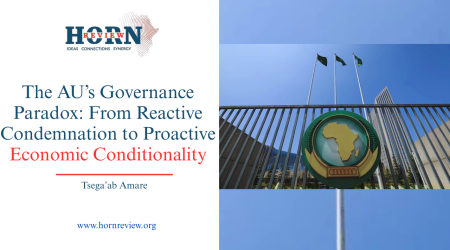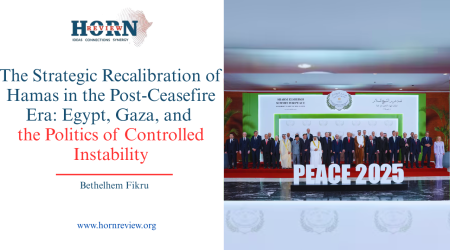
31
May
Between Sovereignty and Sphere of Influence: Unraveling the Russia–Ukraine Stalemate
Since the onset of the war in Ukraine, deeply embedded geopolitical and ideological differences have sustained a protracted stalemate. At the heart of the impasse lies a clash of fundamentally incompatible visions. Western governments continue to emphasize Ukraine’s sovereign right to self-determination and territorial integrity, while Russian leadership frames Ukraine’s geopolitical orientation as central to its national security and civilizational identity. These divergent worldviews have repeatedly complicated efforts to broker a durable peace.
From the annexation of Crimea in 2014 to the full-scale invasion launched in 2022, Moscow’s actions have reflected a long-standing strategic calculus. For Russian policymakers, Ukraine is not merely a neighboring country but a pivotal component of a broader historical, cultural, and geopolitical sphere. Efforts by Kyiv to integrate with Western institutions such as NATO or the European Union are seen not just as political choices, but as existential challenges to Russia’s regional role and security architecture.
This worldview was once again on full display during the Victory Day military parade in Moscow in May, where Russian leadership reaffirmed its narrative of national strength and historical continuity. The strategic importance of Crimea – particularly Sevastopol’s status as home to the Black Sea Fleet – underscores its role in Russia’s defense and maritime posture. Similarly, continued support for separatist elements in eastern Ukraine has served as both a military tactic and a political message: that Ukraine’s western pivot will not go uncontested.
Long before 2022, President Vladimir Putin had articulated a vision of Ukraine and Russia as part of a shared historical and cultural continuum. Within this framework, policies aimed at reasserting ties with countries like Ukraine are portrayed not as expansionist, but as corrective – an effort to restore equilibrium lost in the post-Soviet fragmentation. The Eurasian identity frequently referenced by Russian officials is central to this narrative, presenting Russia as a civilizational anchor rather than a revisionist power.
As such, negotiations focusing solely on military alignments or NATO expansion may fail to address the broader political and ideological concerns articulated by the Kremlin. For Moscow, the notion of a sovereign, democratic Ukraine – aligned with Western institutions and frameworks – poses a deeper challenge than any formal alliance membership. It represents a shift in the balance of influence that Moscow views as historically, and strategically, unacceptable.
The 2022 invasion, widely condemned across the international community, is viewed within Russian policy circles as a continuation of efforts to prevent Ukraine’s drift westward. Analysts describe this as part of a broader post-Soviet approach – seeking either to draw neighboring states into closer alignment with Moscow or ensure their geopolitical neutrality. Within this logic, territorial control and political influence are mechanisms for maintaining strategic depth and safeguarding a multipolar regional order.
Peace negotiations have repeatedly faltered over these irreconcilable positions. The most recent attempts at mediation, led by U.S. President Donald Trump following his return to office, have highlighted just how entrenched the differences remain. While Trump has made multiple efforts to initiate dialogue, Russian representatives have consistently emphasized that any potential agreement must include guarantees on Ukraine’s neutrality, limits on NATO expansion, and protections for Russian-speaking populations. Kyiv and its Western allies, in contrast, maintain that peace must be premised on full Ukrainian sovereignty and the restoration of internationally recognized borders.
Compounding the challenge is the broader geopolitical landscape. The current U.S. administration has approached the conflict with an eye toward strategic competition with China, prompting some analysts to describe its policy as a “reverse Nixon” strategy – seeking limited rapprochement with Russia to counterbalance Beijing’s global rise. President Trump has publicly referenced his personal rapport with President Putin and signaled a willingness to entertain a negotiated solution. Yet frustrations over the pace of diplomacy and concerns over rising violence remain salient in Washington.
Russia, for its part, has deepened ties with China. In recent statements alongside President Xi Jinping, Putin has advocated for an alternative global order – one that is not dominated by Western institutions, but reflective of regional perspectives and multipolar principles. Russian policymakers frame this as an effort to move beyond Cold War-era frameworks, advancing a model of global governance in which new security architectures emerge to reflect shifting power dynamics.
Europe, meanwhile, has experienced a profound strategic recalibration. The war has prompted the European Union to accelerate defense integration and reduce reliance on transatlantic security guarantees. Germany, among others, has advanced plans to build more autonomous military capacity, while NATO has reinforced its eastern flank and reaffirmed long-term commitments to Ukraine. For European leaders, the conflict is not an abstract geopolitical issue, but a direct security threat with long-term implications for the continent’s stability.
These evolving priorities have, at times, generated friction between Washington and European capitals. While the United States increasingly focuses on great-power rivalry with China, Europe is managing an immediate and enduring security crisis in its neighborhood. This divergence in urgency and emphasis has shaped both diplomatic and military engagement strategies, creating occasional dissonance in transatlantic coordination.
In the final analysis, the enduring obstacles to peace in Ukraine are rooted in clashing visions for the country’s place in the world. The West views Ukraine as an independent nation entitled to choose its path; Russia regards its orientation as vital to its own security and historical identity. Bridging this divide requires more than ceasefires or technical accords—it demands a fundamental reckoning with the political narratives and strategic imperatives that have shaped the conflict from the outset.
Until there is meaningful movement on these foundational issues, the path to a lasting peace will remain elusive. The persistence of the conflict underscores the broader realignment in global affairs, where historical memory, regional ambition, and shifting power balances intersect in ways that resist simple resolution.
By Mahder Nesibu,Researcher,Horn Review



